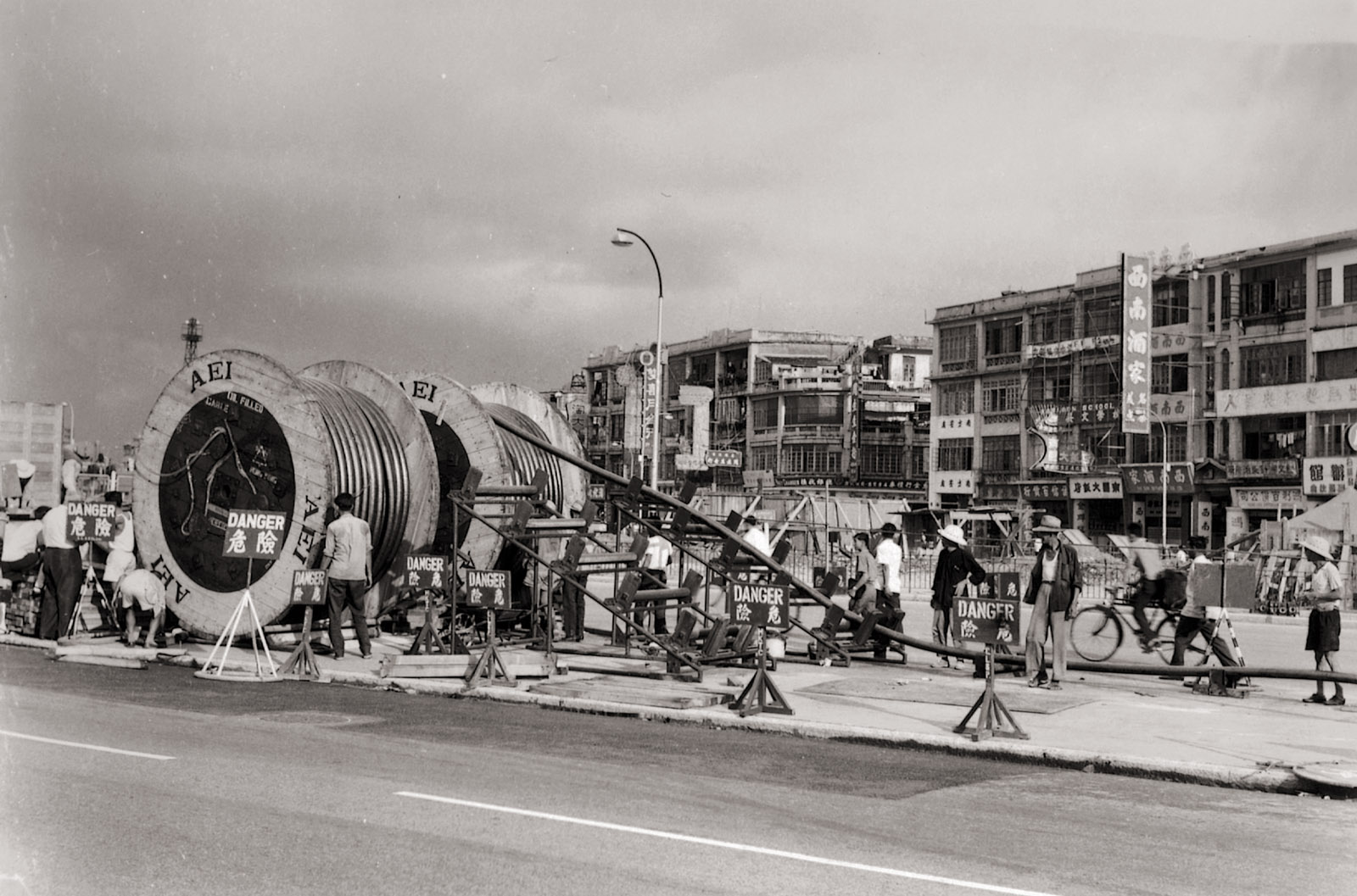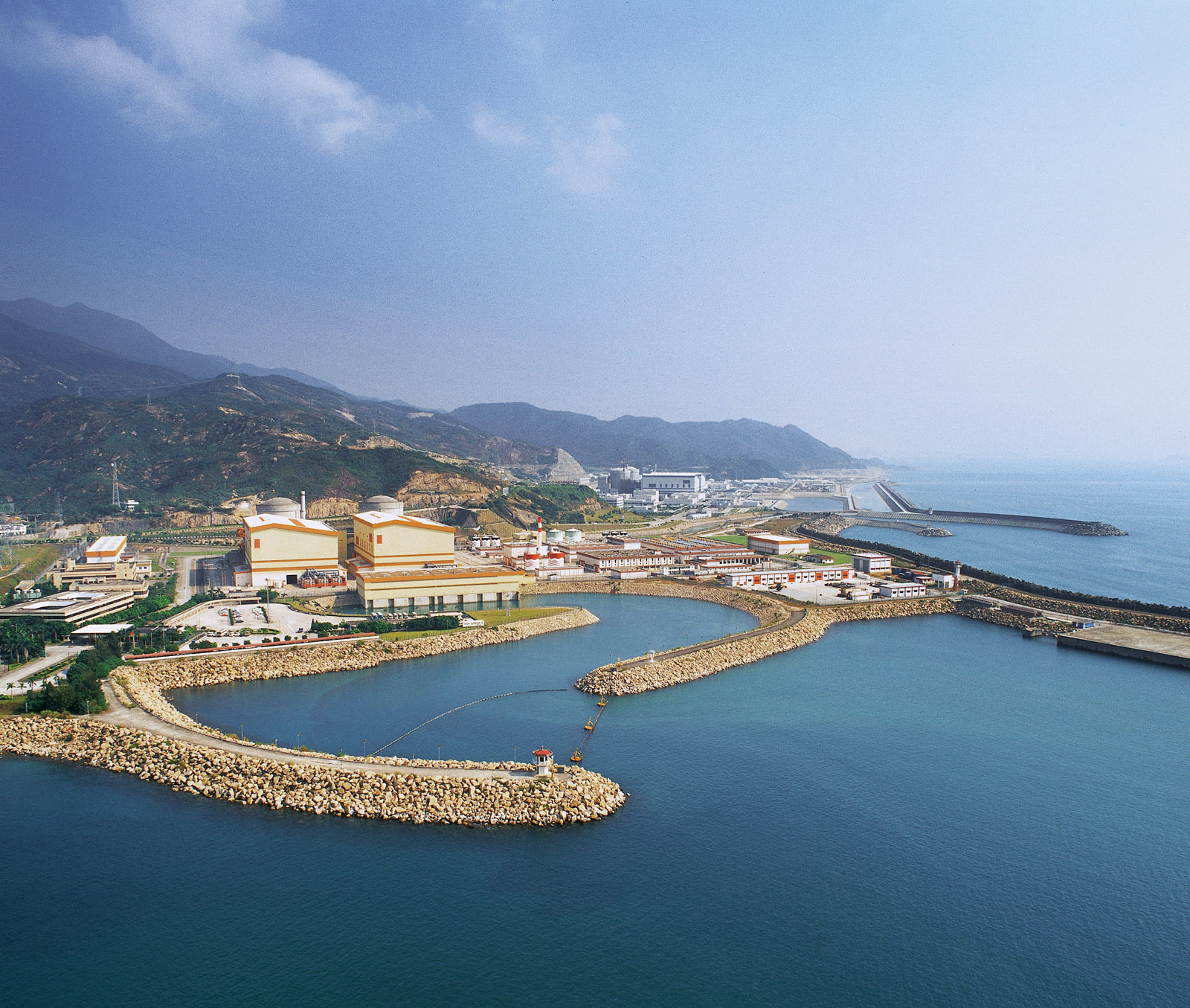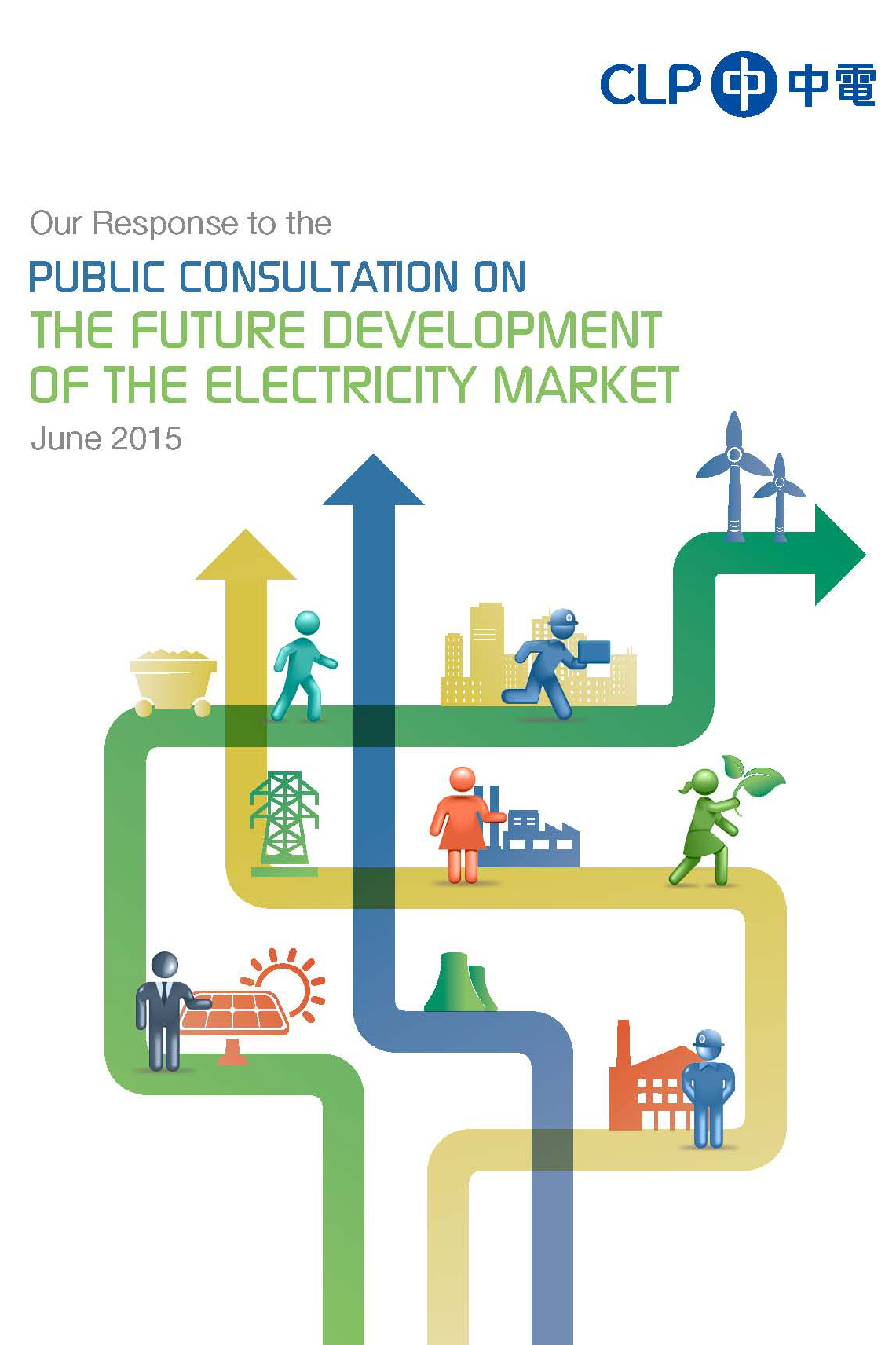Lighting up Hong Kong: between independence and integration, a power grid in the Pearl River Delta
On December 1st, 1890, Hong Kong Island saw 50 electric street lights switched on by the city’s first electricity utility company, Hong Kong Electric (HKE)[1]. In 1919, electricity was used to light the streets of Kowloon for the first time by the China Light and Power Company (CLP)[2]. HKE and CLP would go on to develop their electricity generation capacities in a way that was almost completely independent from Mainland China. To this day, the two utility companies remain the sole providers of electricity for Hong Kong’s seven million inhabitants, and the source of its spectacular nightscape[3].
From independence to integration: power grids in the Pearl River Delta
Hong Kong’s pioneering electrical infrastructure was developed under British rule. Today, following the handover, China’s influence is felt under the ‘one country, two systems’ policy. While it still enjoys a high degree of autonomy as a Special Administrative Region, including the right to determine its own energy policy, Hong Kong has nevertheless been subject to a process of economic and physical integration with China. The regionalization of the Pearl River Delta has been stated as an official political goal of both the Chinese and Hong Kong governments, as indicated in the Greater Bay Area (GBA) Framework Agreement signed in 2017. One of the key objectives of the GBA plan is to promote infrastructure connectivity. This includes transportation projects such as the Hong Kong-Zhuhai-Macau bridge, as well as the cross-border integration of power grids.
The historical autonomy of Hong Kong’s power supply is thus being called into question by both regionalization policies and the government’s commitment to integrate local power grids with those of Mainland China. However, this official goal remains unpopular with the population, as shown by the results of two public surveys carried out in 2005 and 2014. This paper will seek to examine the reasons behind the political commitment to grid integration, and the sentiments underlying the popular opposition to the move.
Integration and the need to secure fuel sources
Historically, Hong Kong’s two electricity providers, HKE and CLP, have developed their generation capacities with almost complete autonomy. From the 1890s to the 1970s, all electricity consumed in Hong Kong was locally produced in what could be considered a state of energy autarky[4]. Each company built the power plants and transmission lines for its respective service area, (Hong Kong Island for HKE and the Kowloon Peninsula for CPL), with scarcely any overlap between the two.
However, Hong Kong lacks the natural resources to fuel its power plants, and is hence dependent on external fuel providers. This dependency became especially problematic during the oil shocks of the late 1970s, as more than 99% of Hong Kong’s electricity was produced by oil-fired plants[5]. As a result, the city started diversifying fuel sources from the 1980s by turning first to coal and then to natural gas in the 1990s. At the same time, CLP began to look to Mainland China. In 1979, it connected its transmission lines to Guangdong and sold electricity to the province for the first time. In 1985, the company began construction of the Daya Bay nuclear power plant as part of a joint venture, with the first electricity imported from the nuclear plant used in 1994[6]. In 2013, the fuel mix was 57% coal, 21% natural gas, and 22% nuclear power from Daya Bay[7].
The need to diversify fuel sources for future energy production was therefore an initial driver of cross-border integration. Subsequent concerns about the outdated regulatory framework and sustainability issues would strengthen the political commitment to this policy.
Justifying the integration: economic efficiency and environmental sustainability as drivers of the shift
Since the 1960s, Hong Kong’s electricity supply industry has been governed by the 1979 Scheme of Control Agreements (SCA). In the early 2000s, however, the SCA no longer met the city’s energy goals to provide reliable, safe, and affordable electricity while respecting the environment[8]. Hong Kong officials initiated reform efforts in 2005 by holding a public consultation to renegotiate the SCA. The new ten-year agreement was signed in 2008, and in 2014 a second consultation was held to prepare the renegotiation of the next agreement[9].
As part of these two public consultations, Hong Kong officials introduced the option to import electricity from the mainland as a way to secure the economic and environmental sustainability of the city’s energy future. Hong Kong’s limited land availability makes it nearly impossible to deploy large-scale renewable energy generation plants, meaning that its only way to become “greener” is to import electricity produced from renewable sources[10]. The option of importing “green” energy from the mainland is intricately linked to another proposal introduced in the 2005 consultation: the opening up of Hong Kong’s electricity market to competition, including from companies in Mainland China[11]. Officials argue that competition would allow for both improved economic efficiency and increased use of renewable energy, as 38% of the electricity supplied by the China Southern Grid in 2013 came from renewable sources.
The need to reform the Hong Kong electricity sector has led officials to realise that the city cannot effectively improve the sector’s economic efficiency and environmental sustainability on its own. In the 2005 and 2014 consultations, the government presented integration with Mainland China as a viable, even necessary option to secure the city’s future electricity supply, reflecting its broader policy goal of PRD regional integration. However, cross-border power grid connection has not progressed as anticipated. This is in part due to strong opposition from Hong Kong citizens, as discussed in the following section.
Opposing integration: residents’ concerns over energy security
Hong Kong residents were not convinced by the government’s arguments in favour of power grid integration. They expressed their concerns during the two public consultations of 2005 and 2014. The latter proposed two options for the city’s future electricity mix: either import more electricity from the mainland, or increase the share of natural gas used in local electricity generation. The large majority of respondents preferred the second option – a clear indication of their opposition to integration plans[12]. Concerns over energy security were a major factor in this stance.
The most frequent reason for opposing electricity imports was respondents’ fear of a less reliable electricity supply. Hong Kong’s electricity supply is one of the most reliable in the world, with a reliability rate of 99.9997% (yearly interruptions below 3 minutes). The China Southern Grid can hardly compete, in spite of rates of 99.98 and 99.97 for Shenzhen and Guangzhou, respectively, in 2012 (1.5 hours of yearly interruption on average)[13]. This fear of lower reliability is exacerbated by the increased share of renewable energies that would result from the import option, as fossil fuels are considered more reliable sources of energy than renewables[14].
In addition to concerns over reliability, residents expressed fears that the import option may decrease Hong Kong’s independence in determining its energy policy. Some respondents to the 2014 consultation rejected the import option on the grounds that it would lead to a loss of control over power supply and would make the city over-reliant on Mainland China[15]. These fears point to Hong Kong residents’ lack of trust towards the Chinese authorities, as deepening integration in the GBA has been met with bottom-up resistance and the rise of anti-China sentiments within civil society. The rejection of the import option could have been shaped by this growing trend for resistance to PRD integration in all sectors, as well as by recent events such as the 2014 pro-democracy protests[16]. Reactions to the 2014 consultation clarified that the city’s energy security, in terms of both reliability and independence, was deemed more important than any potential environmental benefits.
Conclusion
The future of Hong Kong’s electricity supply is shaped by political issues surrounding the regionalization of the PRD. Initial steps towards cross-border integration of the electricity networks were taken to secure supply by diversifying fuel sources. Today, conversely, citizens perceive further integration as a threat to a secure energy future, in spite of the political commitments undertaken. These concerns echo broader concerns about the benefits of regionalization, illustrating Hong Kong residents’ distrust of the Mainland and the increasing role that it plays in the city. Authorities have not been able to demonstrate sufficient economic or environmental benefits to shift opinion in favour of the import option, and the two utilities companies have clearly expressed their preference for maintaining the status quo. Governments on both sides have yet to work out a strategy to convince firms and citizens of the benefits of cross-border power grid integration.
Edited by: Jeremie Descamps. Article published with the support of the Embassy of France in China.
Notes
[1] Waters, Dan. (1990). Hong Kong ‘Hongs’ with histories and British connections, J. R.Asiatic Society Hong Kong Branch, 30: 219–256 http://hkjo.lib.hku.hk/archive/files/8deeba7475f950a5f3938fc24f687bbe.pdf
[2] CLP. (2014). “Company Profile – Our history”. CLP Website. https://www.clpgroup.com/en/about-clp/company-profile/our-history
[3] Moss, Timothy and Maria Francesch-Huidobro. (2016). Realigning the electric city. Legacies of energy autarky in Berlin and Hong Kong. Energy Research & Social Sciences, 11: 225-236
[4] Ibid
[5] Chow, Larry Chuen-ho. (2001). Changes in fuel input of electricity sector in Hong Kong since 1982 and their implications. Energy Policy 29: 1399-1410
[6] CLP. (2014).
[7] Environment Bureau. (2015). Public Consultation on the Future Development of the Electricity Market. Hong Kong Environment Bureau. https://www.enb.gov.hk/sites/default/files/en/node3428/EMR_condoc_e.pdf
[8] Chan, Chi Tak. (2006). What are the alternatives available to Hong Kong in structuring the electricity supply industry? Energy Policy 34: 2891–2904
[9] Holley, Cameron and Emma Lecavalier. (2017). Energy governance, energy security and environmental sustainability: A case study from Hong Kong. Energy Policy 108: 379-389
[10] Ibid
[11] Environment Bureau. (2015).
[12] Ibid
[13] Cheung, Chi-fai. (2014). “Reliability issues raised in proposal to power Hong Kong from mainland grid”. South China Morning Post, Apr. 28th 2014. https://www.scmp.com/news/Hong Kong/article/1498669/reliability-issue-proposal-Hong Kong-tap-mainland-chinas-grid [Accessed 27/12/2018]
[14] Holley, Cameron and Emma Lecavalier. (2017).
[15] Environment Bureau. (2015).
[16] Holley, Cameron and Emma Lecavalier. (2017).
-
2019/05/10

-
Hong Kong

-
Gwenaëlle Brandelet


the other map
Explore arrow
arrow
loading map - please wait...








